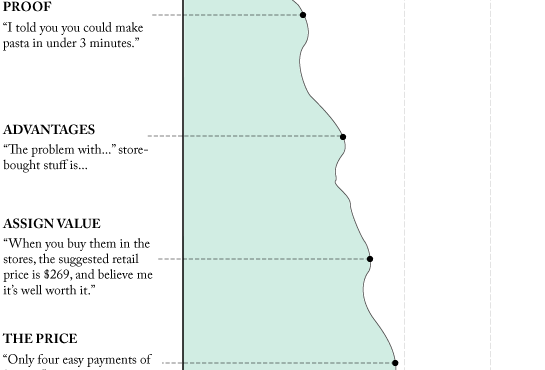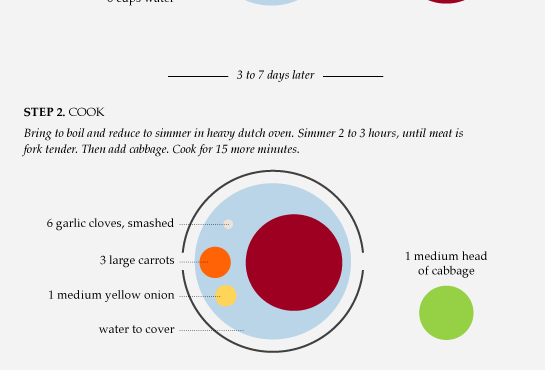
Add another site to the list of places to find the data you need. Data Marketplace connects people who want data to people who can find, scrape, and cull data.
Here’s how it works. If you want data, you put in a request and optionally, a deadline and budget. A provider can then go find that data for you, maybe through scraping a difficult-to-parse website, and then post it online. You then have the option to purchase the tabular data.
There are three big humps to get over though for Data Marketplace to work.
Read More













 Visualize This: The FlowingData Guide to Design, Visualization, and Statistics (2nd Edition)
Visualize This: The FlowingData Guide to Design, Visualization, and Statistics (2nd Edition)










